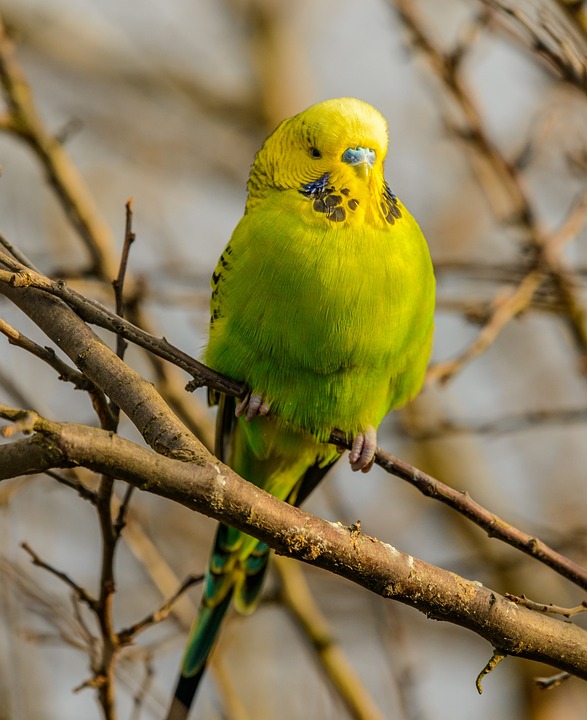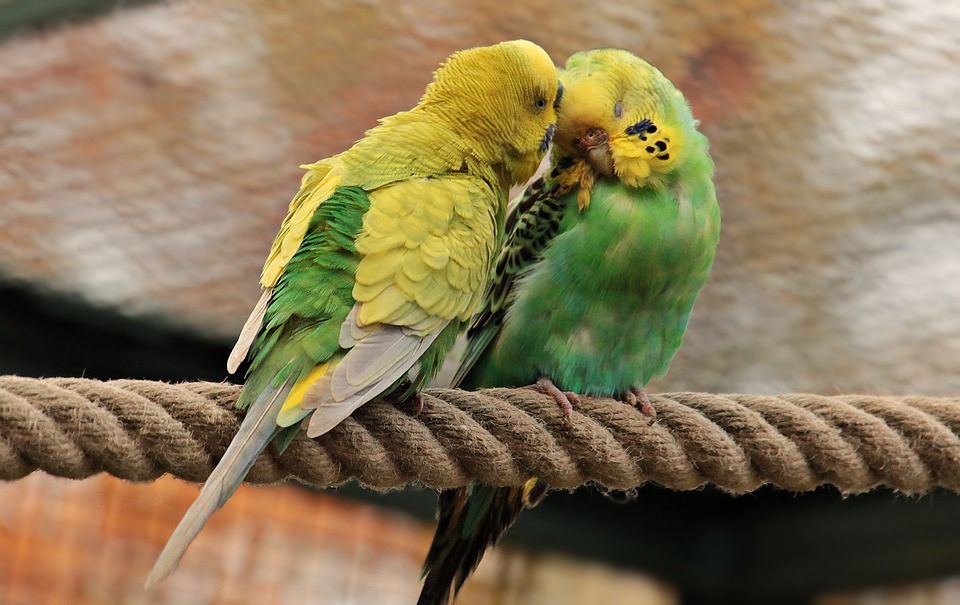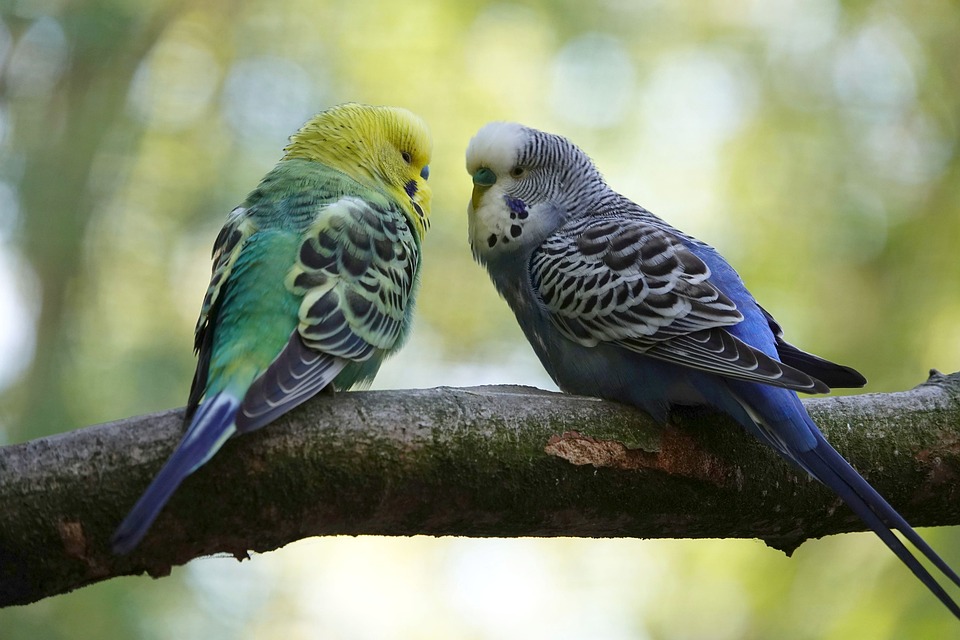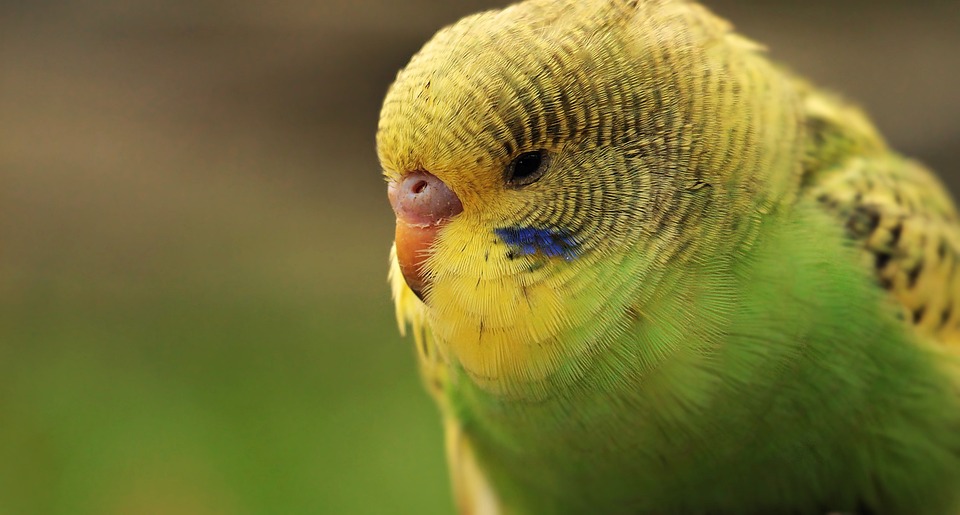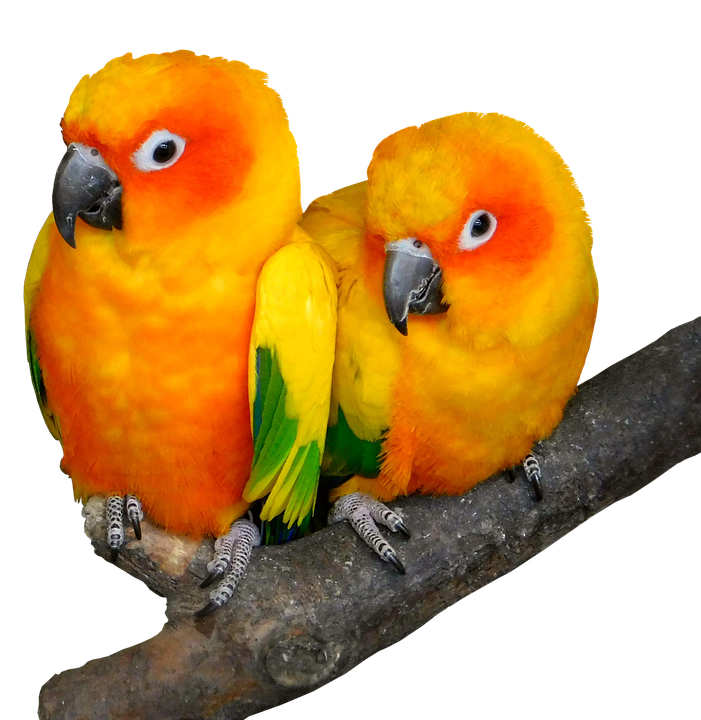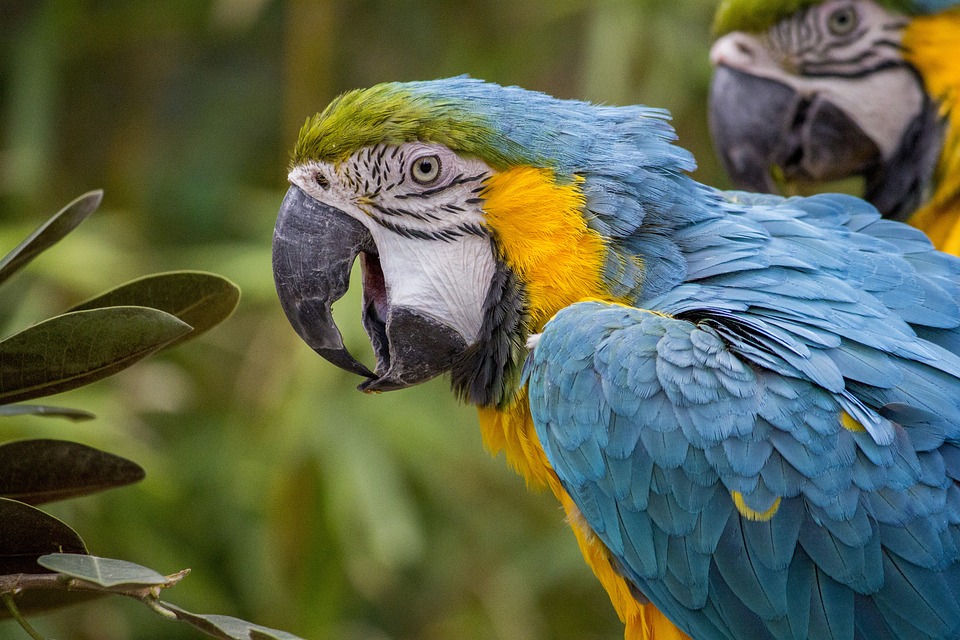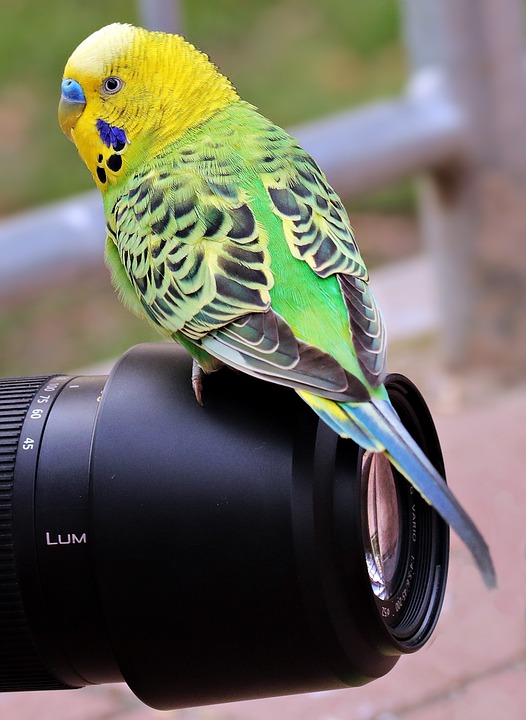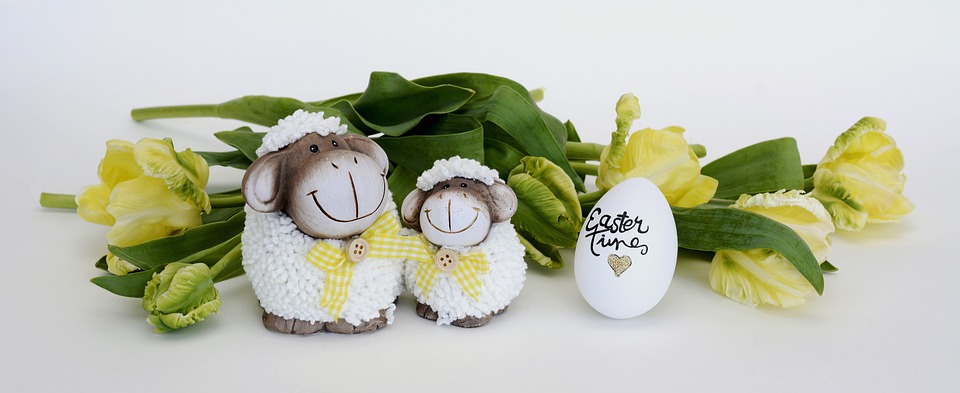Encouraging Foraging Behavior in Outdoor Aviaries: A Guide for Parrot Owners
Introduction:
Parrots are highly intelligent and social creatures that thrive on mental stimulation and physical activity. Foraging behavior, which involves searching and obtaining food, is an essential natural behavior for parrots. In outdoor aviaries, parrot owners have the opportunity to create an enriched environment that encourages and supports their parrots’ foraging instincts. This guide will provide insights and tips on how to create a stimulating outdoor aviary that promotes foraging behavior in parrots.
I. Creating an Enriched Environment:
A. Setting Up the Aviary:
1. Selecting the Right Location: Choose an area with adequate sunlight, shade, and protection from harsh weather conditions.
2. Providing Sufficient Space: Ensure that the aviary is spacious enough for the parrots to fly, explore, and engage in natural behaviors.
3. Choosing Safe Materials: Use non-toxic and bird-safe materials for the construction of the aviary to avoid any potential hazards.
B. Adding Natural Elements:
1. Incorporating Trees and Perches: Include natural elements like trees, branches, and perches to mimic the parrots’ natural habitat and provide opportunities for climbing and perching.
2. Utilizing Plants and Foliage: Plant bird-friendly trees and shrubs that provide natural perches, shelter, and foraging opportunities.
3. Creating Hiding Spots and Nooks: Design the aviary to have various hiding spots and nooks where parrots can explore, hide, and forage for food.
C. Offering Varied Perches and Platforms:
1. Different Types of Perches: Provide a variety of perch sizes, textures, and heights to encourage natural movement and exercise.
2. Incorporating Climbing Structures: Install climbing structures such as ropes, ladders, and branches to stimulate the parrots’ natural climbing instincts.
3. Providing Hanging Platforms: Hang platforms at different heights to create additional perching and foraging opportunities.
II. Implementing Foraging Opportunities:
A. Understanding Foraging Behavior:
1. What is Foraging Behavior? Foraging behavior involves searching, manipulating, and obtaining food. It is an essential natural behavior that provides mental stimulation and physical exercise for parrots.
2. Why is it Important for Parrots? Foraging behavior helps prevent boredom, encourages natural instincts, and promotes mental and physical well-being in parrots.
B. Types of Foraging Toys and Tools:
1. Foraging Puzzles and Toys: These toys require parrots to work and solve puzzles to access hidden treats or food, stimulating their problem-solving skills.
2. Food Dispensing Devices: These devices dispense small amounts of food when manipulated by the parrots, encouraging them to engage in natural foraging behaviors.
3. Shreddable Materials: Offer parrots safe materials like paper, cardboard, or palm leaves that they can shred and manipulate to find hidden treats.
C. Placing Foraging Opportunities Strategically:
1. Location Considerations: Place foraging toys and puzzles in different areas of the aviary to encourage exploration and movement.
2. Rotating and Changing the Placement: Regularly change the location of foraging toys to keep the parrots engaged and prevent them from becoming too predictable.
3. Encouraging Natural Foraging Behaviors: Hide treats or food in various locations within the aviary to stimulate the parrots’ natural foraging instincts.
III. Promoting Mental Stimulation:
A. Variation in Food Presentation:
1. Chopped vs. Whole Foods: Offer a combination of chopped and whole foods to provide variety and different textures for the parrots to explore and manipulate.
2. Different Food Placements: Place food in different locations, such as hanging containers, puzzle toys, or scattered on the ground, to encourage the parrots’ natural foraging behaviors.
3. Hiding Treats and Seeds: Hide treats and seeds in various spots within the aviary to stimulate the parrots’ curiosity and encourage exploration.
B. Incorporating Puzzle Toys and Games:
1. DIY Foraging Toys: Create homemade foraging toys using recyclable materials, encouraging the parrots to engage in problem-solving and exploration.
2. Interactive Games and Challenges: Introduce interactive games and challenges that require the parrots to manipulate objects or solve puzzles to access food rewards.
3. Problem-Solving Opportunities: Provide opportunities for parrots to solve problems, such as unlocking a container or opening a puzzle box, to access their food rewards.
C. Training and Teaching New Behaviors:
1. Clicker Training for Foraging: Use positive reinforcement training techniques, such as clicker training, to teach parrots to associate foraging behaviors with rewards.
2. Teaching Parrots to Use Foraging Toys: Introduce foraging toys gradually, teaching the parrots how to manipulate and access the hidden treats or food.
3. Engaging Parrots in Learning Activities: Keep parrots mentally stimulated by teaching them new tricks, commands, or behaviors, which can also be incorporated into foraging activities.
FAQs (Frequently Asked Questions):
1. Can I use any plants in the aviary for foraging purposes?
It is essential to research and ensure that the plants you introduce into the aviary are safe for parrots and do not contain any toxic elements.
2. How often should I change the location of foraging toys?
To keep the parrots engaged and prevent them from becoming bored, it is recommended to change the location of foraging toys every few days or weeks.
3. Are there any specific foraging puzzles or toys recommended for parrots?
There are various foraging puzzles and toys available in the market specifically designed for parrots. It is important to choose toys that are safe, durable, and appropriate for the size and behavior of your parrots.
4. Is it necessary to supervise parrots while they forage in the aviary?
While parrots can usually forage safely in an outdoor aviary, it is still essential to supervise them to ensure their safety and well-being.
5. How long does it usually take for parrots to learn foraging behaviors?
The time it takes for parrots to learn foraging behaviors can vary depending on the individual parrot’s personality and previous experiences. Some parrots may quickly adapt and start foraging, while others may require more time and encouragement.
Conclusion:
Encouraging foraging behavior in outdoor aviaries is a fantastic way to provide mental stimulation, physical exercise, and a natural outlet for parrots. By creating an enriched environment, implementing foraging opportunities, and promoting mental stimulation, parrot owners can ensure that their feathered companions lead happy and healthy lives. Embracing the natural instincts of parrots through foraging and building a stimulating outdoor aviary will contribute to the overall well-being and contentment of these intelligent birds.

